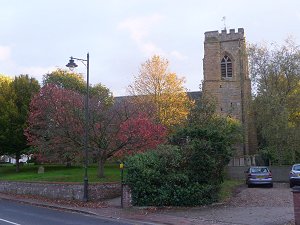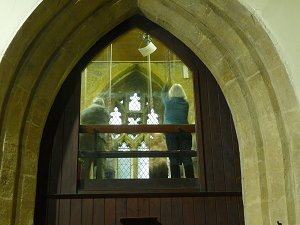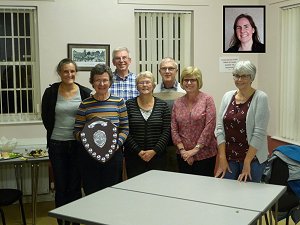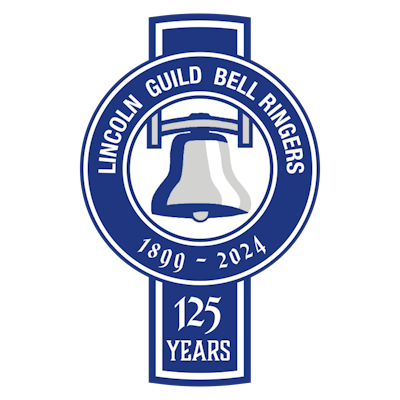Guild 8 Bell Striking Competition - 7th October 2017
 |
We arrived at Market Rasen as the Northern Branch were ringing. Colin Ward had kindly given me a lift on the understanding that we wouldn't get there for the start of the competition, since Colin was coming straight from a ART course out near Boston.
 |
The Central Branch team were up next at 5:25pm. Once the Northern Branch team had exited the tower, we went up and settled in to ring our 3 minute practice piece. Once this was complete we spent a few minutes adjusting the ropes and then after ringing the treble a couple of times to signal the judge that we were ready, we set off into the test piece, which was two plain courses of Plain Bob Major. We completed the test piece with no mishaps and while the striking had not been absolutely spot on, it was not too shabby either. I reckoned we might be in with a chance.
There was a rolling buffet taking place in the Church Hall next to the Church, so we went and availed ourselves of some food and the inevitable cups of tea and coffee, not to mention a bit of socialising with our fellow ringers.
 |
I was outside when the last team were ringing their test piece. Ohh. They were a bit good and I was suddenly a lot less confident that we would be winning the trophy this year.
Eventually all the teams had rung. There had been 6 altogether. We waited for the judges who had apparently retired to the Aston Arms next door to deliberate on the scores. They came into the hall a short time afterwards and were introduced by Helen as David Wilson and Kate Lacey from the Southwell & Nottingham Diocesan Guild.
 |
Once everyone was settled, David said a few words about how the striking competition had been marked and the importance of striking competitions. He then made some comments on the ringing.
Team 1 - Most faults were due to method mistakes. There was a tendency to lose some of the open handstrokes so it was difficult to score. The second course was better than the first.
Team 2 - This team rang a bit quicker. The test piece slowed up after it left rounds. They kept the open handstroke leads, which helped to recover quickly from any errors.
Team 3 - There was a good rhythm right from the start. The back bells kept pushing in to keep up the rhythm. There were very few full faults, just clips. A good speed for the bells.
Team 4 - This was much steadier. The team had a little bit of trouble keeping the smaller bells off the larger ones. They need to keep the tenors moving.
Team 5 - The judges had a bit of a quandary over this team. They were 15 seconds over the 3 mins practice time (lots of murmuring from the crowd), but there is nothing in the rules about it, so no penalty. The tenor kept pushing in to keep up the pace. There was a bit of a method mistake, which cost 4 full faults.
Team 6 - This was a very nice piece of ringing. It was rhythmic right from the start. Only 3 full faults in total. The rest was only clips due some backstroke leads being a little bit quick.
Kate Lacey then gave out the statistics.
Once the results were announced, Kate Lacey presented the Henry Law James Shield to Janet Clarke of the West Lindsey team.
 |
 |
from the West Lindsey Branch team with the Henry Law James Shield |
from the West Lindsey Branch team with the Henry Law James Shield |
The judges were thanked and presented with a token of appreciation and the members began to make their way home.
 |
Clare Rogers, Janet Clarke, Stephen Clarke, Susan Faull, Ian Till, Joy Till, Debbie Scarf & Alison Elwess (inset) |
Webmaster
